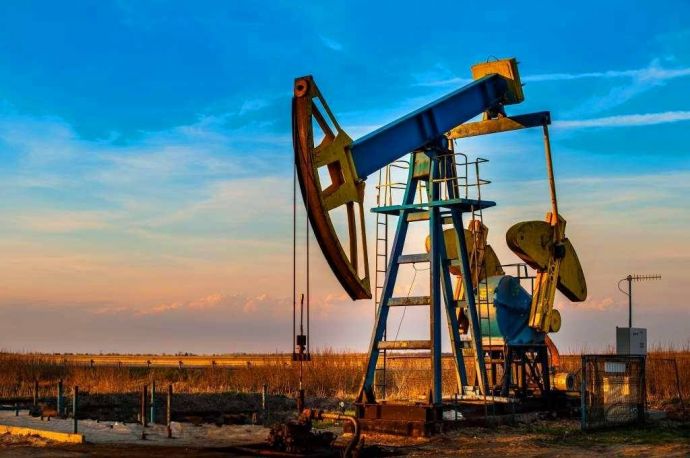
HOUSTON, Feb.26 (Xinhua) -- Natural gas consumption in China will continue to increase, driven by government policies designed to reduce air pollution, the US Energy Information Administration (EIA) said Friday.
The EIA also expected China's imports of natural gas by pipeline to increase, especially as the Power of Siberia pipeline from Russia is expected to be completed by the end of 2019.
Meanwhile, the EIA quoted IHS Markit, a global marketing information company, as reporting that China surpassed South Korea to become the world's second-largest importer of liquefied natural gas (LNG) in 2017.
China's imports of LNG averaged 5 billion cubic feet per day in 2017, only after Japanese imports of 11 billion cubic feet per day, according to the EIA.
Imports of LNG by China rose by 1.6 billion cubic feet per day in 2017, with imports reaching 7.8 billion cubic feet per day in December.
China's imports of natural gas have grown to meet increasing domestic natural gas consumption, which has been primarily driven by environmental policies to replace coal-fired electricity generation.
The Chinese government has also implemented policies to encourage several million households in China's northern provinces, which traditionally rely on coal for heating in the winter, to use natural gas-fired boilers instead.
US LNG exports to China increased significantly last year, from 17.2 billion cubic feet in 2016 to 103 billion cubic feet in 2017. China accounted for nearly 15 percent of US LNG exports in 2017, behind only Mexico and South Korea.
In November, the United States and China signed several preliminary agreements for US LNG exports to China, including exports from the Sabine Pass on the Gulf Coast of Louisiana.
Furthermore, Houston-based Cheniere Energy and the China National Petroleum Corporation (CNPC) in February signed two long-term contracts for LNG from Sabine Pass and a new LNG facility under construction near Corpus Christi, a port city of Texas along the Gulf of Mexico.




 A single purchase
A single purchase









